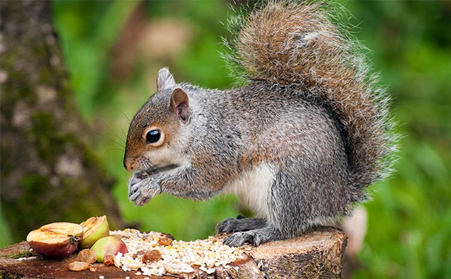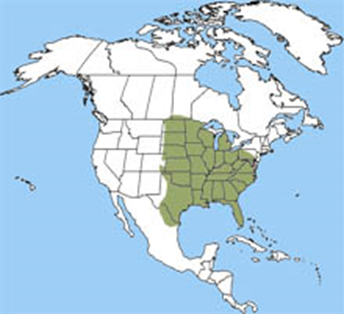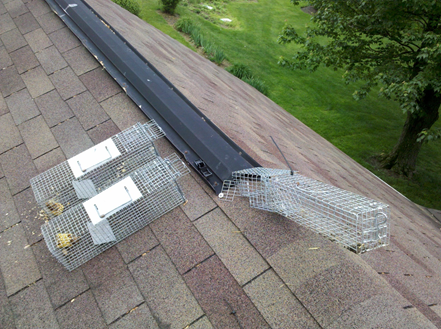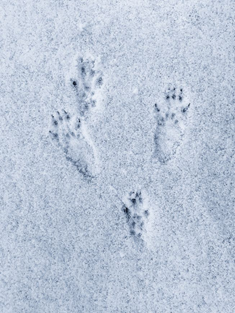-
Gray squirrels are the most common type of squirrel we will
encounter throughout most of our service territory.
-
Customers most
commonly call because they are hearing are hearing noises in attics, walls,
floors, etc.
-
Remember to use the information
provided by the customer as a starting point for inspection. This may come
from direct communication with the customer or the notes from client service
detailed in the work order/proposal.
-
On initial
inspection take note that most gray squirrel entry points tend to be at roof level.
-
Common roof level
entry points include drip edge fascia gap, roof junctions, dormer corners, ridge
vents, hat vents, power fans, gable vents and chimneys.
-
On the exterior
look for chew marks and randomly stored walnuts on or around house.
-
When inspecting
the attic look for droppings, tunneling in insulation, leaves and sticks and
chewed wires.
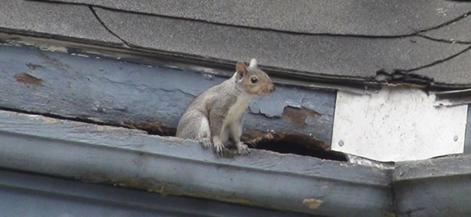
Squirrel Entry in the Gutter Line
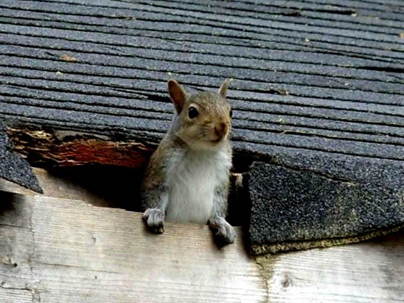
Squirrel Entry in the Roof Line

Squirrel Droppings
